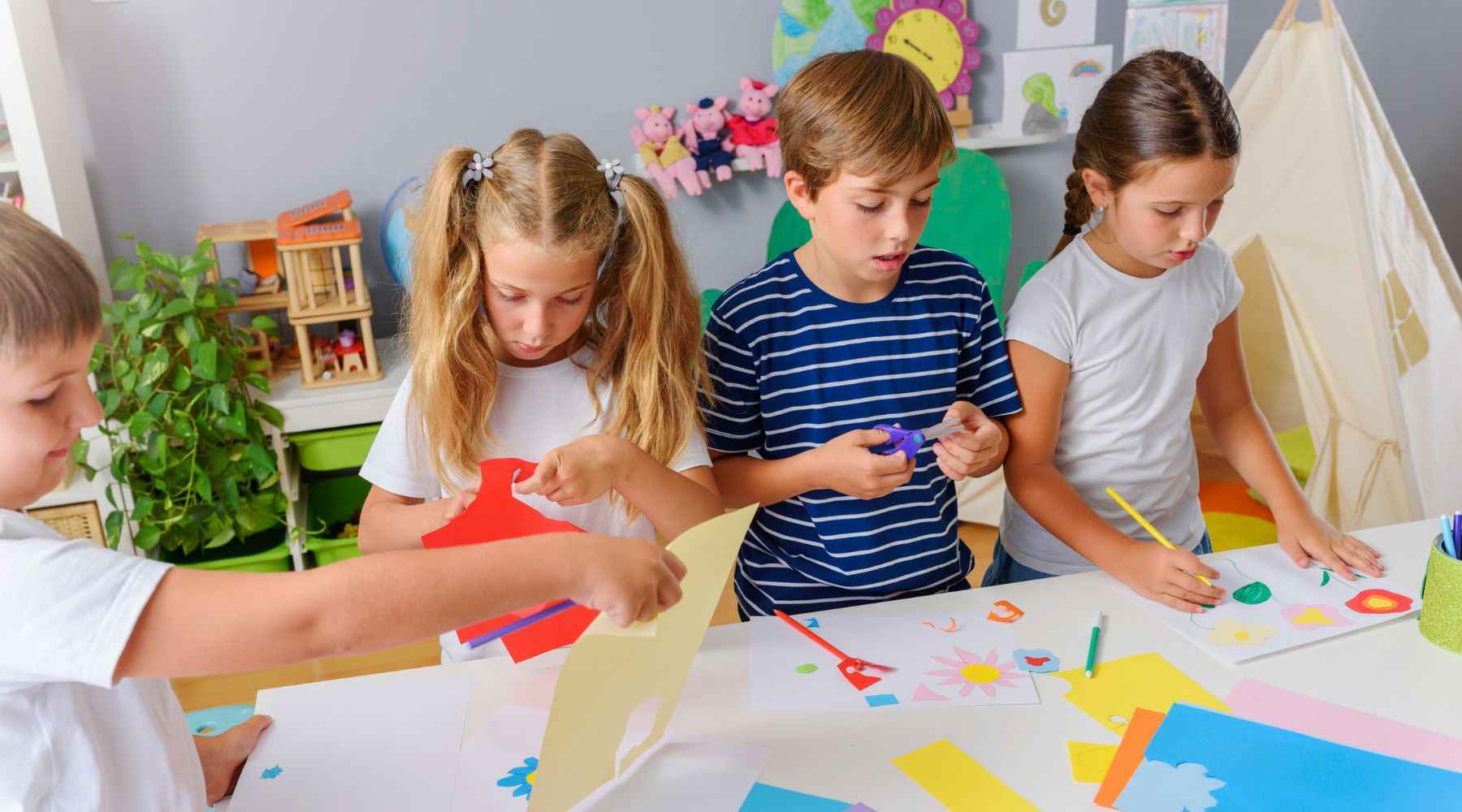
Firework Safety 101: Tips for a Fun-Filled Fourth
Nothing says “Fourth of July” like the crackle of sparklers and the boom of aerial fireworks lighting up the night sky. But with great fireworks come great responsibility—young and old alike need to know how to celebrate safely. Whether you’re gathering in a wide-open field or hosting a backyard bash, these practical tips will help ensure your red, white, and blue festivities are remembered for the right reasons.
1. Know Your Local Laws and Regulations
Before you buy or light a single firework:
-
Check municipal ordinances. Some towns restrict certain types of fireworks or ban them altogether.
-
Observe approved hours. Many jurisdictions only allow fireworks during specific times on July 4 or around it.
-
Secure necessary permits. If you’re planning a large display, local fire departments may require a permit or a licensed operator.
Failing to comply can result in fines or worse, endanger lives.
2. Choose Kid-Friendly and Low-Risk Fireworks
Not all fireworks are created equal:
-
Sparklers burn at around 1,200 °F—hot enough to cause serious burns. Consider sparkler alternatives like LED wands or glow sticks for younger children.
-
Fountains and ground spinners tend to spray sparks downward and are less unpredictable than rockets.
-
Novelty items (like smoke balls or “snappers”) are generally safer than aerial shells, but still require supervision.
By opting for simpler effects, you reduce the risk of errant rockets or falling debris.
3. Designate a Clear Launch Zone
Establish a safety perimeter before lighting any fireworks:
-
Flat, hard surface. Concrete or packed dirt is ideal—avoid grass that might catch fire.
-
At least 25 feet of clearance. Measure from spectators, pets, and flammable structures.
-
No overhead hazards. Keep away from low-hanging branches, power lines, or rooftops.
Use cones, chairs, or ribbon to mark the boundary clearly—kids instinctively respect visible barriers.
4. Gear Up with Protective Equipment
A little preparation goes a long way:
-
Safety glasses for anyone within 50 feet of the launch zone.
-
Heat-resistant gloves to handle fuses and spent casings.
-
Closed-toe shoes and long sleeves to shield skin from stray sparks.
And if you’re capturing photos or video, don’t forget a steady tripod—juggling a camera plus fireworks can lead to accidental mishaps.
5. Read and Follow Label Instructions
Each firework comes with specific guidance:
-
Lighting angle and distance. Some items require a 30° tilt; others demand a full vertical launch.
-
Number of shots. Avoid relighting a dud—wait at least 15 minutes, then soak it in water.
-
Storing unused fireworks. Keep them in a cool, dry place, away from open flames or direct sunlight.
Skipping the fine print might save a minute now, but can cost you precious seconds if something goes wrong.
6. Maintain Constant Supervision
Adults should never leave fireworks—and children—unsupervised:
-
Assign a “fireworks captain.” One responsible adult handles lighting, and another keeps an eye on the crowd.
-
Teach older kids. If teenagers help, give them a quick safety briefing before handing over a lighter.
-
Attend to toddlers. Little ones must stay well outside the launch perimeter—give them safe, supervised activities like bubble machines or patriotic coloring sheets.
Preparedness keeps excitement high and risk low.
7. Keep Water, Sand, or a Fire Extinguisher Nearby
Accidents happen—be ready to respond:
-
Bucket of water. Douse spent fireworks and dud fuses before disposal.
-
Sand or dirt. Smother small ground fires quickly.
-
Fire extinguisher (ABC-rated). Ideal for flammable liquid or electrical ignitions.
Practice operating the extinguisher before party time so you’re not fumbling in a crisis.
8. Master Proper Lighting Techniques
A few simple habits prevent big problems:
-
Use a long-reach lighter or punk to keep your hands well away from the fuse.
-
Light one device at a time. Never try to ignite multiple fuses simultaneously.
-
Stand to the side. Strike the match, then step back before the fuse fully ignites.
Never lean over a firework—if it tips, you don’t want your face in its path.
9. Practice Thoughtful Cleanup and Disposal
When the show ends, don’t forget the after-party work:
-
Soak all used fireworks. Let them sit in water overnight to eliminate hidden embers.
-
Wrap in plastic to prevent drying, then discard with your regular trash (if local rules allow).
-
Sweep or rake the launch zone for debris—small bits can spark if left near hot surfaces.
A tidy yard is a safe yard—plus, you’ll avoid mowing over forgotten duds later.
10. Monitor Weather Conditions
Wind and dry brush can turn harmless sparks into wildfire hazards:
-
Wind speed under 10 mph is ideal. Higher gusts may blow sparks toward spectators or structures.
-
Avoid extremely dry periods. If drought warnings are in effect, consider postponing or substituting a laser light show.
-
Check the heat index. Everyone stays more alert when they’re comfortable—provide shade, water, and frequent breaks.
Flexibility ensures you can adapt if Mother Nature doesn’t cooperate.
11. Dress for Safety—and Style
Loose, flowing fabric can brush sparks onto skin, but that doesn’t mean you can’t look festive:
-
Opt for snug-fitting, breathable cotton garments.
-
Plan for evening breezes with light layers.
-
After lighting that final rocket, relax under the stars in your favorite Christian T-Shirts—choose designs with modest cuts and high-visibility accents for safety.
If you’re sharing the celebration on social media, pairing a patriotic craft session with custom Christian Shirts makes for great family photos that spotlight both faith and fun.
12. Instill Respect for the Display
Fireworks can teach kids about both science and history:
-
Explain the chemistry. Discuss how different metal salts create red, blue, or green bursts.
-
Share a patriotic context. Tie in the Founding Fathers’ vision of liberty—sparks become symbols of freedom.
-
Incorporate faith. Point out how light overcomes darkness, echoing themes found on many God Shirts that proclaim “Shine His Light.”
This transforms a noisy show into a memorable lesson on responsibility, heritage, and hope.
Final Thoughts
A flawless Fourth isn’t just about the biggest rockets or the loudest booms—it’s about celebrating responsibly. By planning ahead, supervising vigilantly, and respecting both the elements and your neighbors, you can turn your yard into a safe, welcoming space for all ages. And when the skies are dark and the final embers fade, take a moment to reflect—perhaps while wearing your favorite God Shirts or packing an extra set of Christian Shirts for the next get-together.
With these firework safety basics in your toolkit, you’re ready for laughter, “oohs,” and “aahs”—not sirens. Have a spectacular, safe, and joy-filled Fourth of July!



Leave a comment
This site is protected by hCaptcha and the hCaptcha Privacy Policy and Terms of Service apply.